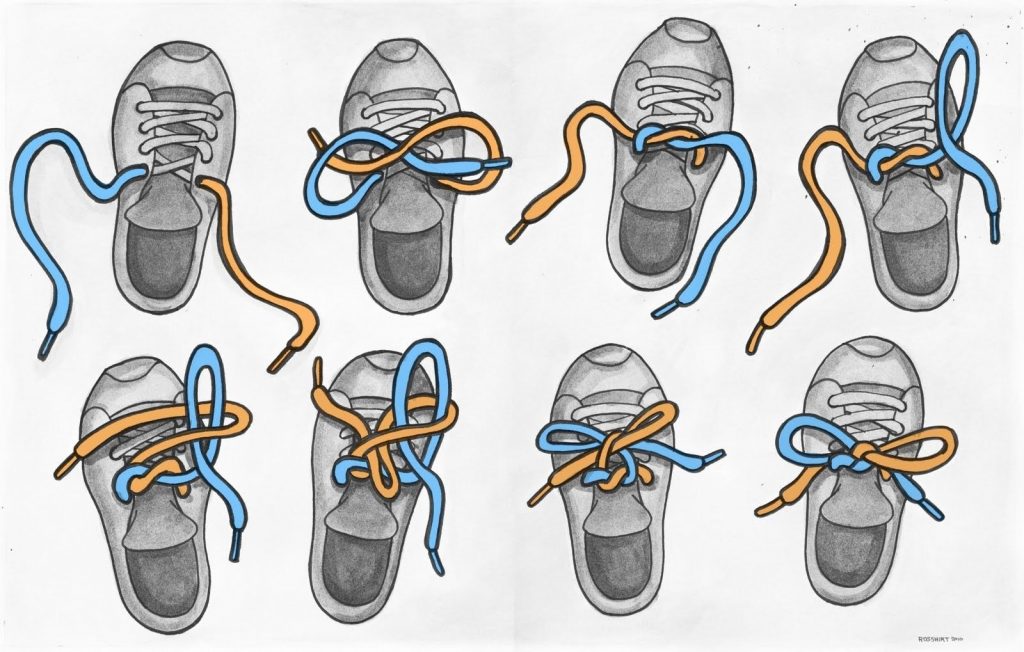Instructional Strategies
Inquiry-Based Learning
For the ECS 303 course a small group of colleagues and I were given inquiry-based learning to study more in-depth. We found it difficult at first to present to our peers what inquiry is using an inquiry based approach. Included here is the link to our google slides document in which we created for the presentation. It does not include direct instruction about what inquiry is because direct instruction is a different instructional strategy.
https://docs.google.com/presentation/d/1Hs7eQEP5wGGGDUf3tjbKoP26vbUMbFloU0Mvc9YDneQ/edit?usp=sharing
What is Inquiry? Inquiry provides students with the opportunity to build their knowledge and leads to deeper understanding. Inquiry based learning has a large focus on questions. Posing deep, meaningful questions is essential for this instructional strategy. It works with students inherent sense of curiosity and wonder as it draws on students backgrounds, interests, and personal experiences. It provides students to become active participants in their own learning by engaging in the curriculum in meaningful ways.
Knowledge Acquisition
This instructional strategy uses questioning, advanced organizers, note-making, concept attainment, and activating prior knowledge. These aspects work towards building knowledge acquisition and should be used hand-in-hand with each other.
Cognitive Processes
This instructional strategy uses synectics, graphic representation, manipulatives in mathematics, mnemonic devices, concept formation, and complex organizers. Like other instructional strategies, these aspects of cognitive processing should be used in relation to each other and extended to a variety of classes.
Metacognitive Processes
Planning for learning, monitoring thinking and learning, and reflecting on thinking and learning make up this instructional strategy. These should be practiced by the students and teachers throughout their learning and classes.
The Self-System (Dispositions)
Efficacy, cooperative learning, and structured academic controversy make up this section of instructional strategies. These instructional strategies are important to incorporate into classroom settings.
For more information on a variety of other instructional strategies click here: Instructional Practices | Saskatchewan Teachers’ Federation (stf.sk.ca) which provides another link to this pdf: https://www.stf.sk.ca/sites/default/files/powerful_instructional_practices_2011.pdf
Micro-Teaching
As part of the ECS 303 course, I was required to partake in a micro-teaching activity of my choosing. The activity I engaged in was teaching a child how to tie their shoes. Below is my instructional script which can be used to lead students in this activity.
Micro-Teaching Activity: How to tie your shoe
- The material needed – a shoe with laces
- Step 1 – Take the two shoe laces and cross one in front of the other to create an ‘X’ shape.
- Step 2 – Pinch the laces together where they intersect/meet each other.
- Step 3 – Take the back most string and wrap it around and bring it to front and through the hole under your pinched finger.
- Step 4 – Pull the two laces tightly to secure the knot at the base of the laces.
- Step 5 – Make a loop with one lace so that it kind of looks like a bunny ear, leave one lace undone.
- Step 6 – Take the shoe lace that does not have a loop and wrap it once around the loop.
- Step 7 – Pull the undone lace through the little opening that you just made at the base of the loop to create a second loop.
- Step 8 – Pull the two loops tight.

